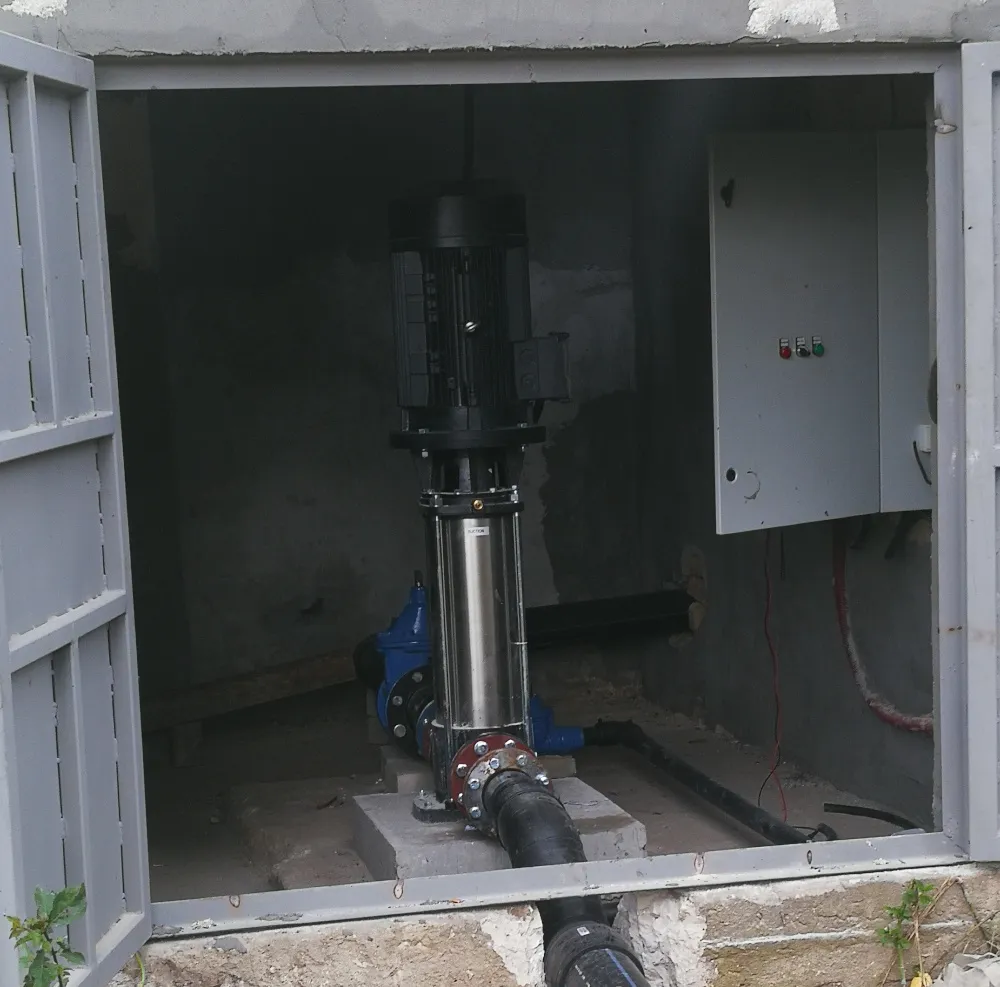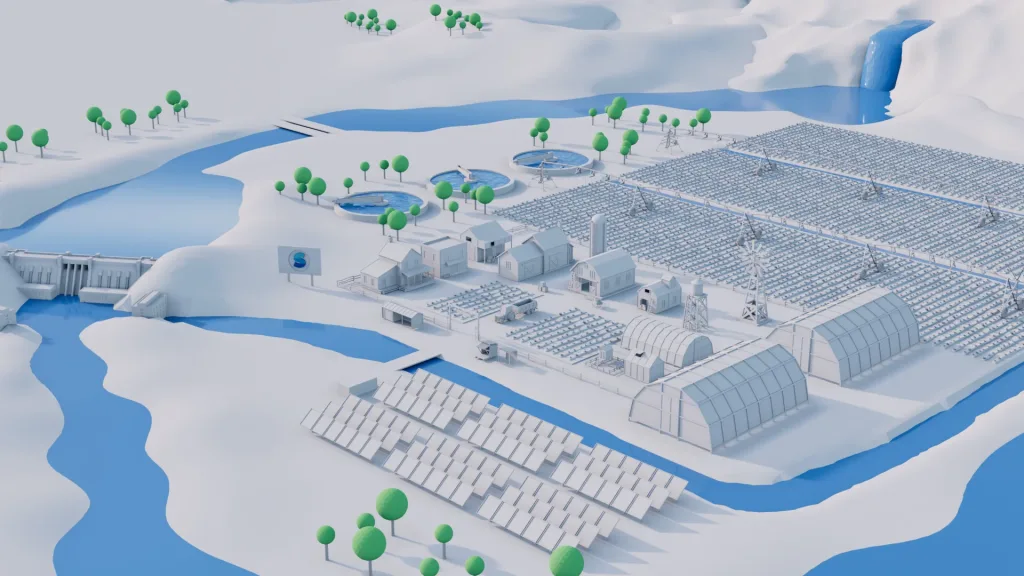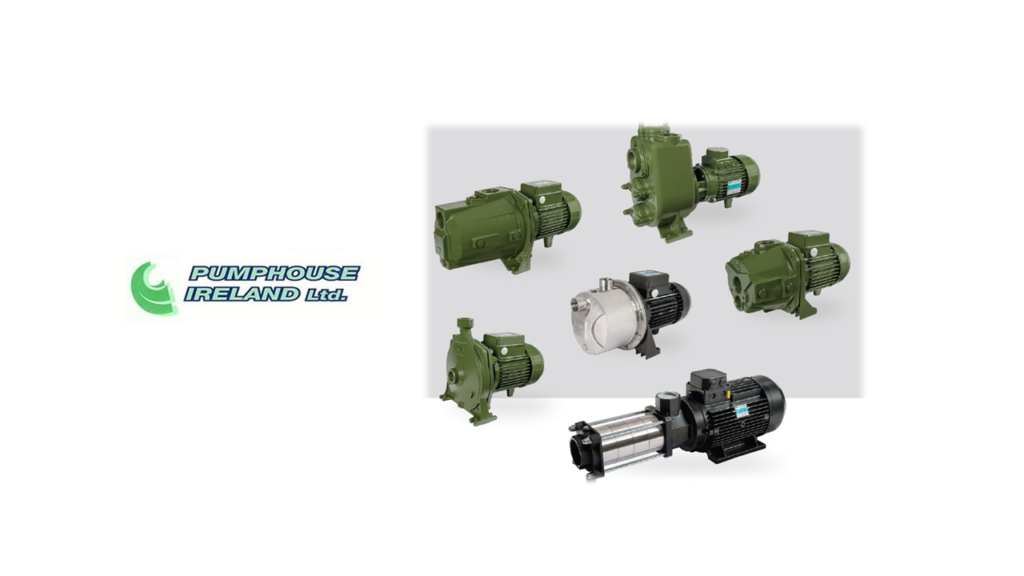Unlocking Efficiency: The Power of Vertical Multistage Pumps
Category : Energy Efficient Pumps , Water Pumps
In the realm of water pumping solutions, efficiency reigns supreme. Whether it’s for industrial applications, water supply systems, or commercial buildings, the quest for optimal performance and resource conservation drives innovation. One such innovation that stands tall in the world of pumping technology is the vertical multistage pump.

Understanding Vertical Multistage Pumps:
Vertical multistage pumps are versatile workhorses engineered to meet the demands of various pumping applications. Unlike traditional single-stage pumps, which operate using a single impeller, multistage pumps feature multiple impellers stacked in series on a common shaft. This design enables these pumps to generate higher pressures with greater efficiency, making them ideal for applications requiring high-pressure delivery.
Key Features and Benefits:
1. High Pressure Capability:
- The primary advantage of vertical multistage pumps is their ability to deliver high pressure. By employing multiple impellers, these pumps can effectively boost water pressure to meet the requirements of demanding applications such as high-rise buildings, industrial processes, and water treatment systems.
2. Compact Design:
- Vertical multistage pumps boast a space-saving design, with a vertical configuration that minimizes the footprint required for installation. This makes them particularly well-suited for applications where space is limited, such as in pump rooms or compact industrial settings.
3. Energy Efficiency:
- Efficiency is a hallmark of vertical multistage pumps. Their multistage design enables them to achieve high hydraulic efficiency, translating to lower energy consumption and reduced operating costs over the pump’s lifecycle. This makes them an environmentally friendly choice for sustainable pumping solutions.
4. Smooth and Quiet Operation:
- Vertical multistage pumps are engineered for smooth and quiet operation, thanks to precision-balanced impellers and high-quality construction. This ensures minimal vibration and noise levels, enhancing the comfort and safety of pump operators and surrounding environments.
5. Versatile Applications:
- From water supply and pressure boosting to HVAC systems and irrigation, vertical multistage pumps find application across a diverse range of industries and sectors. Their adaptability and reliability make them a go-to solution for meeting varying pumping needs.
Applications of Vertical Multistage Pumps:
- High-rise Buildings: Vertical multistage pumps are the backbone of water supply systems in tall buildings, providing consistent water pressure to every floor.
- Industrial Processes: From boiler feed applications to reverse osmosis systems, multistage pumps play a crucial role in industrial operations requiring high-pressure water delivery.
- Municipal Water Supply: Municipalities rely on vertical multistage pumps for water distribution networks, ensuring reliable water supply to communities.
- Agricultural Irrigation: In agricultural settings, these pumps facilitate efficient irrigation by delivering water at high pressure to crops.
Conclusion: Elevating Pumping Performance with Vertical Multistage Pumps
Vertical multistage pumps exemplify the marriage of engineering excellence and efficiency, offering a reliable solution for high-pressure pumping requirements across diverse applications. With their compact design, energy efficiency, and versatility, these pumps stand as pillars of innovation in the world of pumping technology.
At Pumphouse Ireland, we are proud to offer the SAER MK Vertical Multistage Pump Range tailored to meet your specific needs. The SAER MK Pump Range are available in wide range of sizes. They are also available fitted with a Variable Speed Drive. Visit the SAER MK Pump Range page to find out more information and also request a quote!
Unlock the power of vertical multistage pumps and experience a new standard of pumping excellence!

